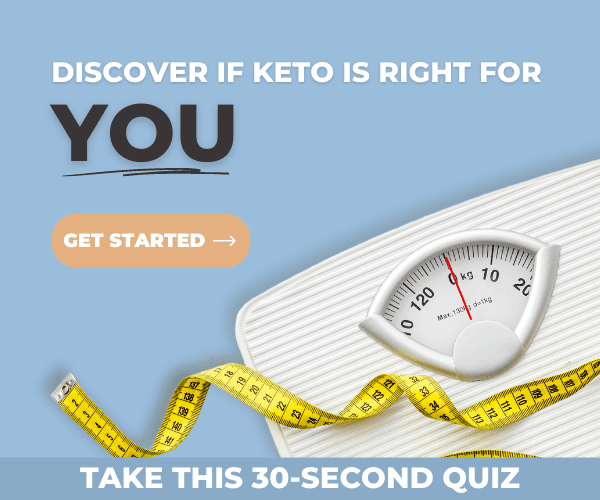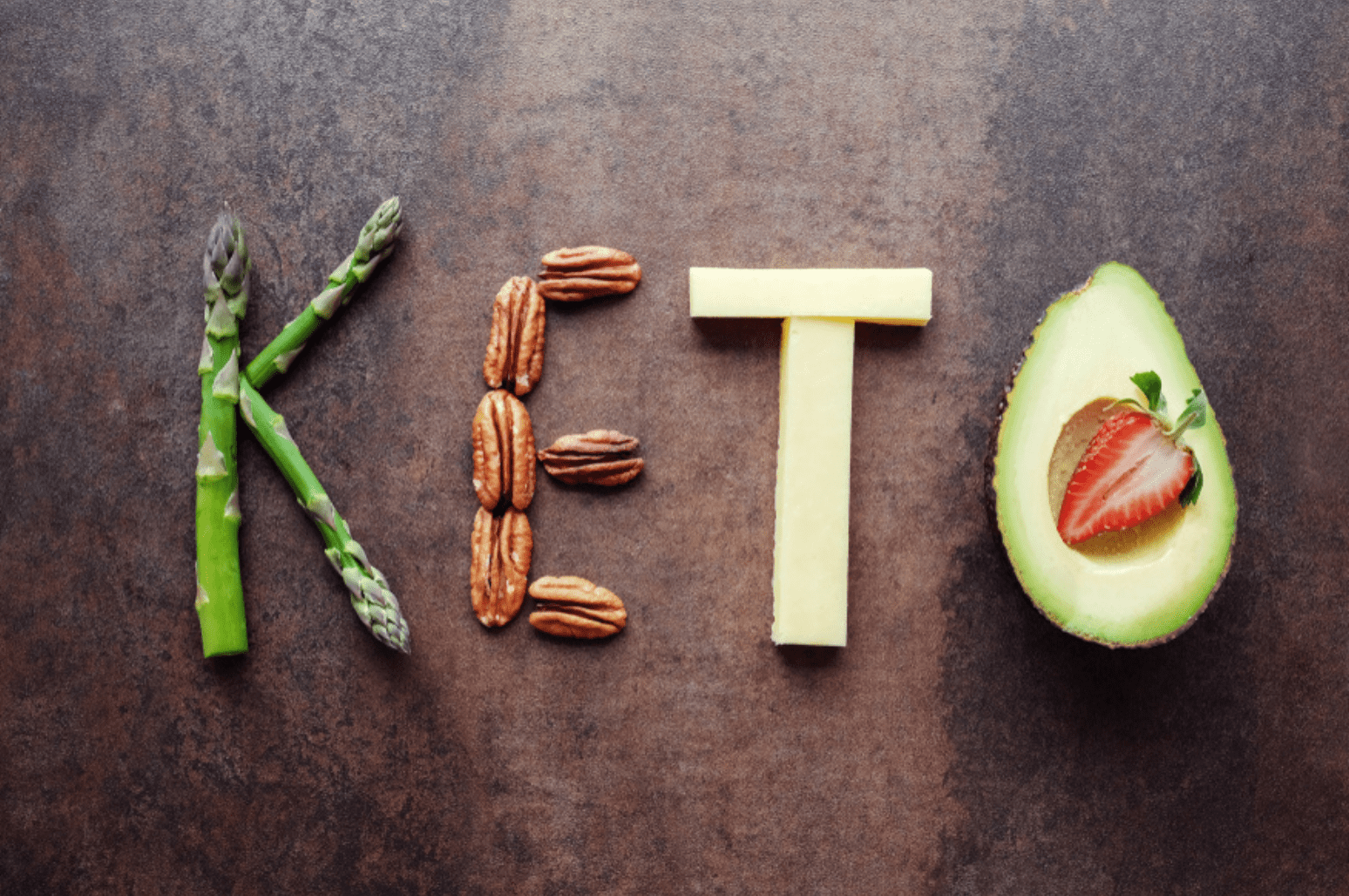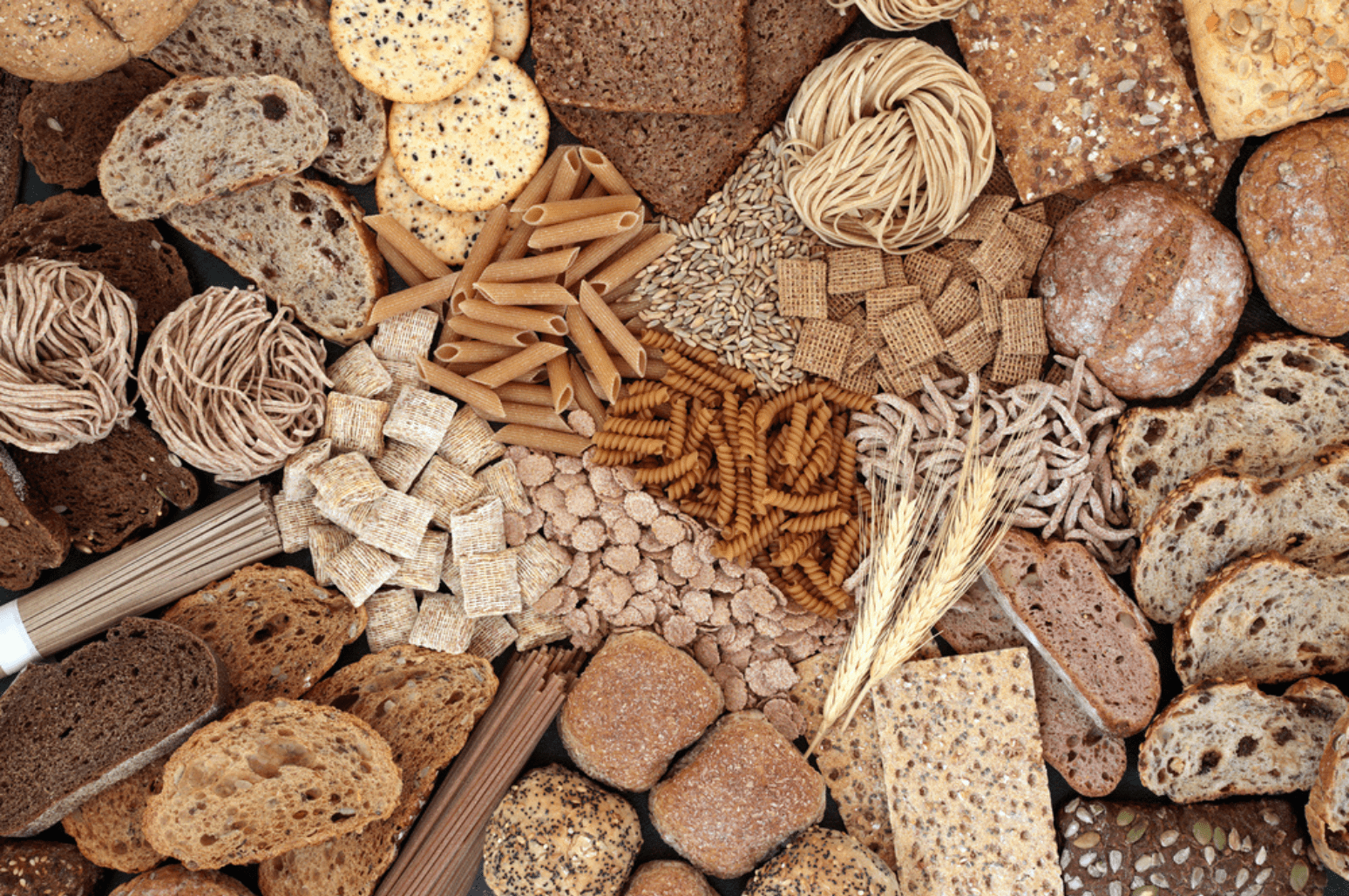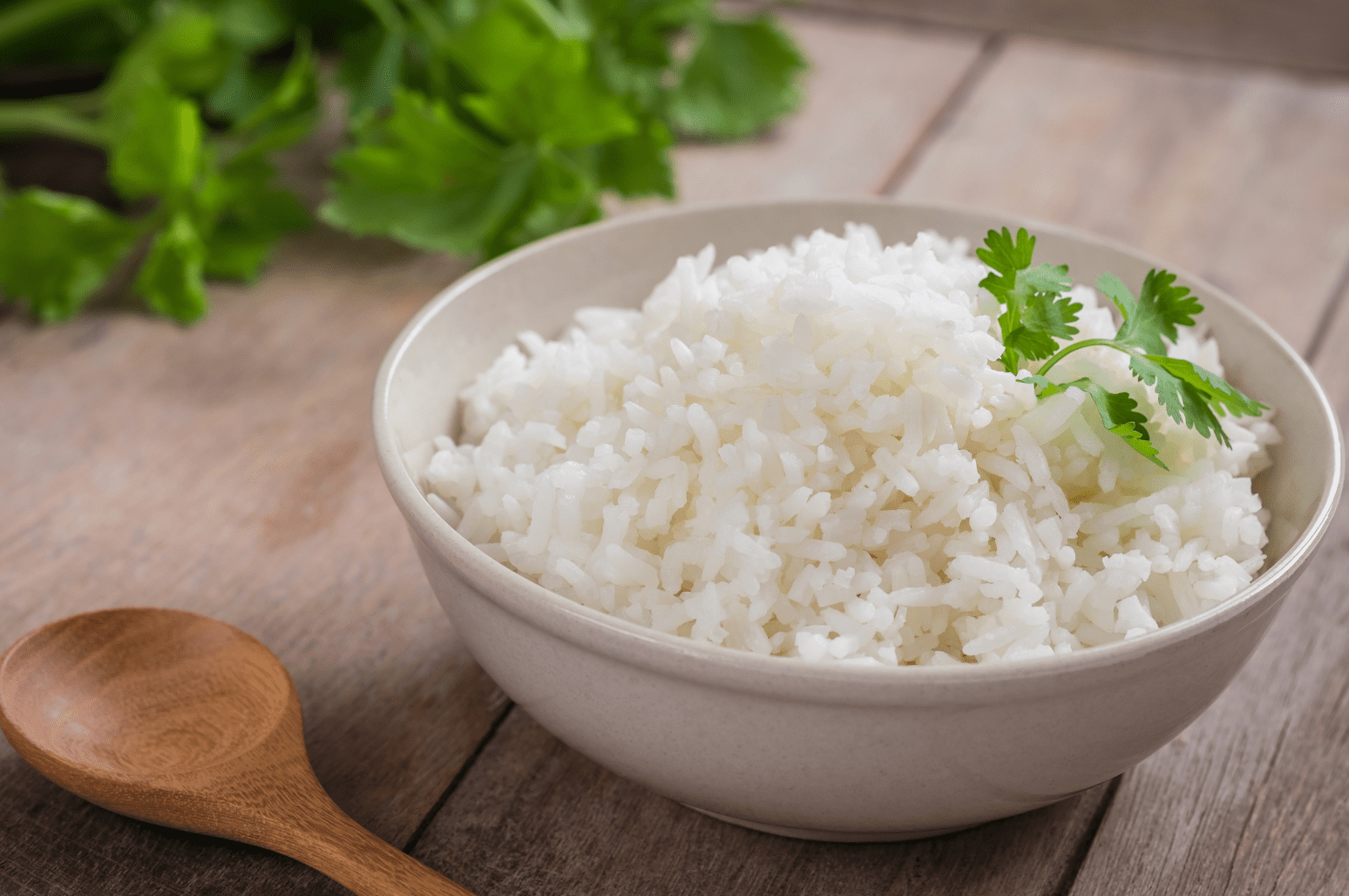
When many people think about the keto diet, the first thought that comes to mind is everything they will have to give up. Carb-heavy foods like potatoes and rice aren’t keto-friendly, but plenty of your favorite foods are still permissible as part of a low-carb lifestyle. Perhaps one of the most popular foods for keto dieters to incorporate into their daily diet is bacon.
So how many carbs are in bacon and how can you make the most of this food to satisfy your cravings? Here is what you need to know about bacon and the keto diet.
How Many Carbs Are in Bacon?
You might be surprised to learn that you can pretty much consume as much bacon as you want on the keto diet, if you stay within your calorie target. Like most meats, cured bacon made from pork is so low in carbs that it almost doesn’t even count.
If you get bacon cooked and served to you in a restaurant, you can expect to net 0.1 grams of carbs. [1]
Keep in mind that even though you can certainly consume bacon on a keto diet due to its low-carb nature, that does not necessarily mean you should eat it for breakfast, lunch, and dinner. According to researchers, eating more processed red meat has been linked to mortality of all causes as well as death from cardiovascular diseases and cancers. [2]
Carbs in Other Types of Bacon
Turkey Bacon
However, bacon made from pork isn’t the only option on the menu. You might also want to try a slice of turkey bacon if heart health is your primary concern. Turkey bacon tends to have less salt and even fat, but it’s still low in overall carb count.
According to the United States Department of Agriculture, a slice of turkey bacon will have about 0.3 grams of carbs. [3]
If you’re trying to cut your intake of processed red meat on keto, turkey bacon is a good solution that still satisfies your taste buds for something crunchy, warm, and delicious on bunless burgers, low-carb salads, and more.
Canadian Bacon
Canadian bacon is another option if you want something leaner than your standard piece of cured bacon. Regular bacon is made from pork belly, which ultimately has more fat than other areas of the pig. On the other hand, Canadian bacon is cut from the back, which makes it leaner.
If you need a lower-fat alternative to regular bacon in order to help you meet a calorie deficit on keto, you might want to consider Canadian bacon. It is lower in fat than many of the other types of bacon included here and also doesn’t have as many net carbs as you might expect.

A slice of Canadian bacon, pan-fried, has just 0.3 grams of net carbs. [4] If you are looking to lose weight and not merely to get healthier on keto, then Canadian bacon might be the way to go.
Bacon Bits
If you don’t want to eat real meat or are looking for a tasty, easy topper for your low-carb salad, bacon bits might be on your list of grocery staples. Meatless bacon bits come in handy packages that allow you to simply sprinkle them over your favorite foods with no need to pan-fry and splash grease all over a clean kitchen.
These meat-free bacon bits have a little bit of fiber to them which reduces their overall net carb count. They come in at 1.3 grams of net carbs per tablespoon-sized serving. [5]
Of course, you could also make your own bacon bits with regular, bacon, Canadian bacon, or turkey bacon, which can be cooked and crumbled. These bacon bits can be used to add crunch and smoky flavor to salads, egg dishes, and more.
Simply cook your bacon up nice and crispy, wait for it to cool, and chop or crumble it with your hands over your favorite food. If you use a microwave to cook your bacon, it takes mere minutes to make at-home bacon bits that have fewer preservatives than store-bought bacon bits and are made from real meat.
Managing Carbs in Bacon
Bacon is a great option for anyone on the keto diet who wants to indulge in something salty and delicious without going over their net carbs to do so. Like most meats, bacon is inherently low in carbs, but you might want to consider eating types of bacon other than traditional cured pork belly bacon, including turkey and Canadian bacon, to add variety to your diet and reduce your calorie count. Both of these options are still low in carbs and taste great with a meal, so experiment and find what works best for you and your diet.
References
United States Department of Agriculture. (n.d.-c). Pork, cured, bacon, cooked, restaurant. FoodData Central. https://fdc.nal.usda.gov/fdc-app.html#/food-details/749420/nutrients
Wein, H. (2015, July 2). Risk in red meat?. National Institutes of Health. https://www.nih.gov/news-events/nih-research-matters/risk-red-meat
United States Department of Agriculture. (n.d.-a). Bacon, turkey, microwaved. FoodData Central. https://fdc.nal.usda.gov/fdc-app.html#/food-details/171639/nutrients
United States Department of Agriculture. (n.d.-b). Canadian bacon, cooked, pan-fried. FoodData Central. https://fdc.nal.usda.gov/fdc-app.html#/food-details/168383/nutrients
United States Department of Agriculture. (n.d.-a). Bacon bits, meatless. FoodData Central. https://fdc.nal.usda.gov/fdc-app.html#/food-details/169893/nutrients









